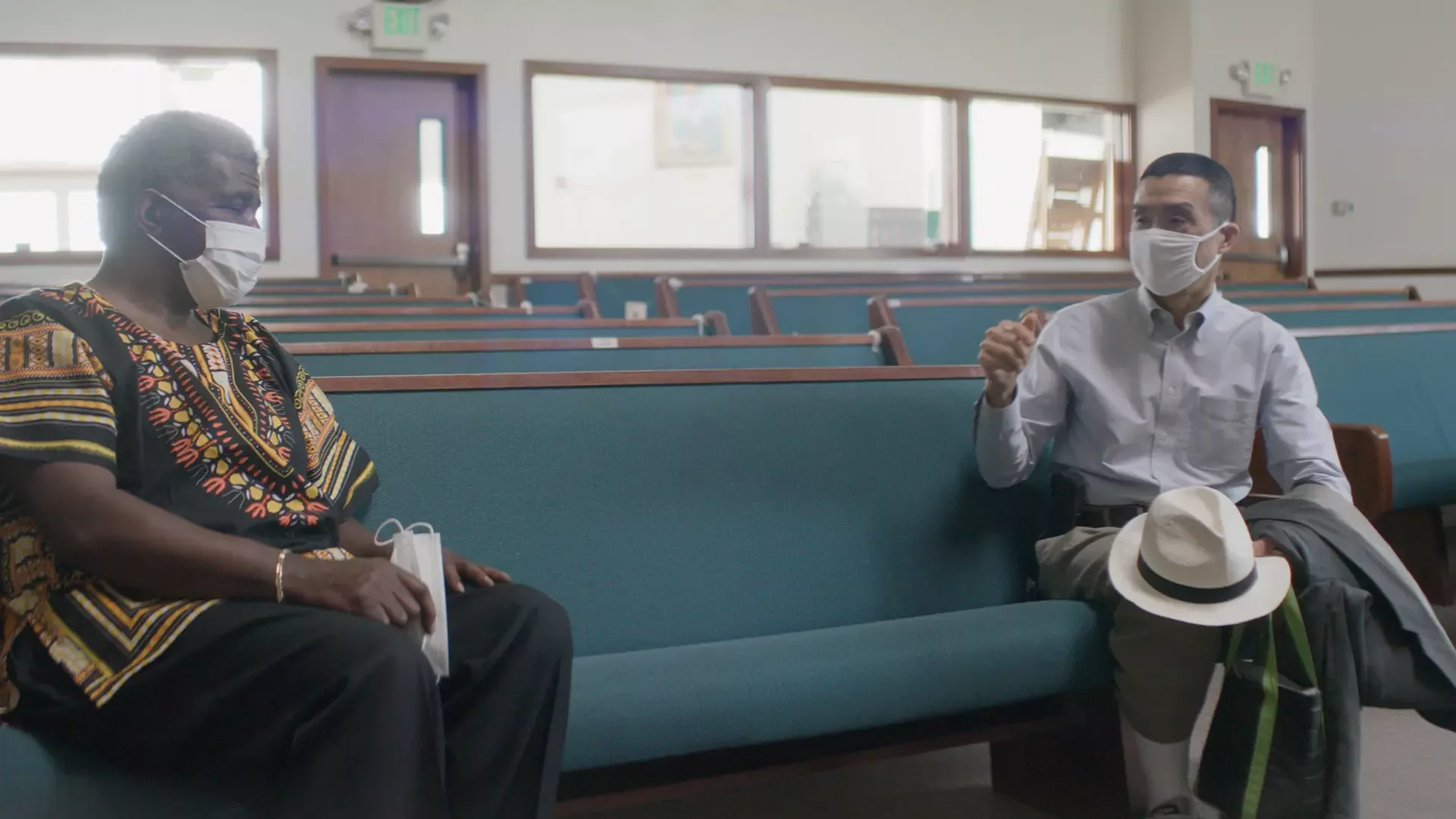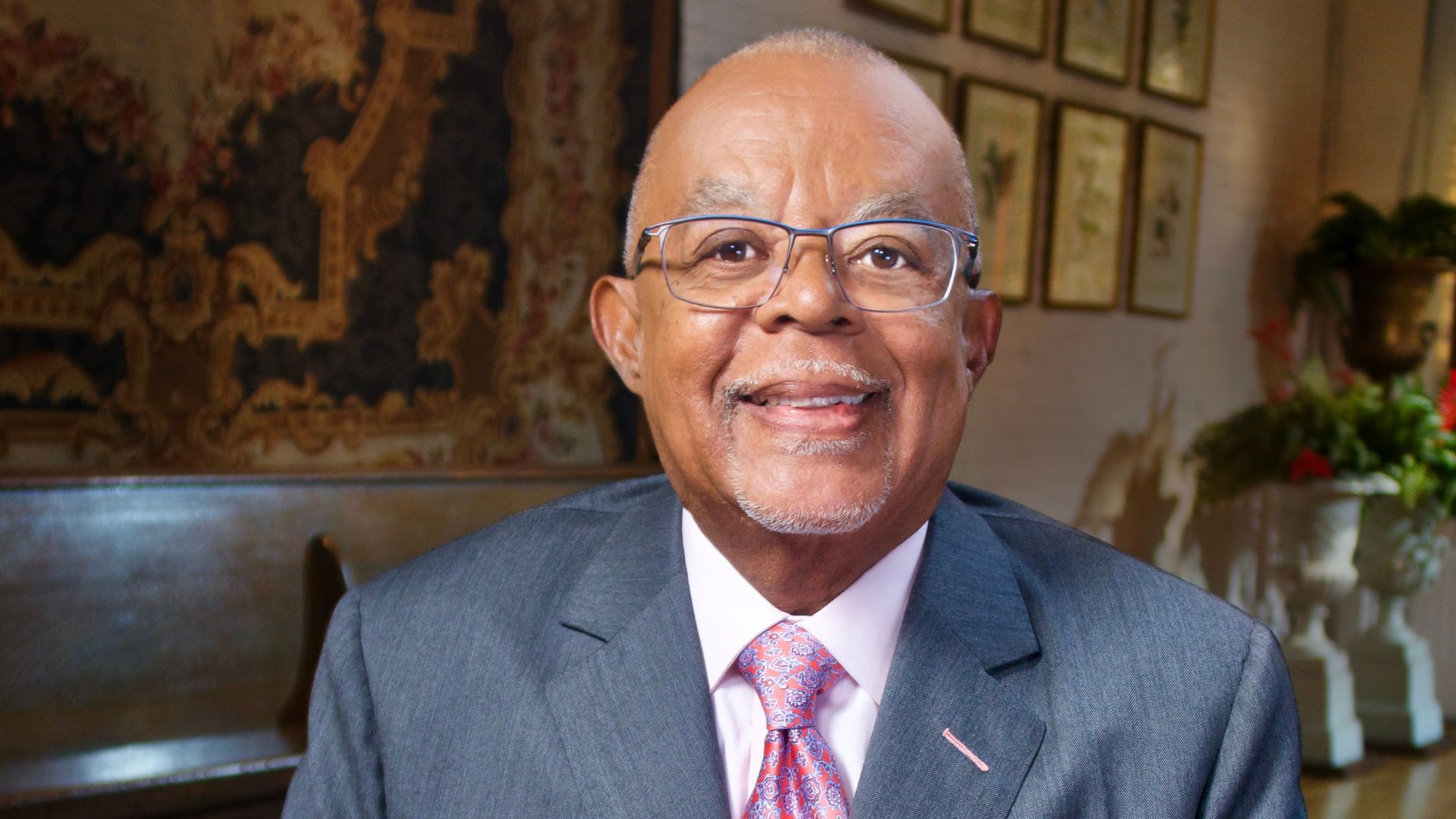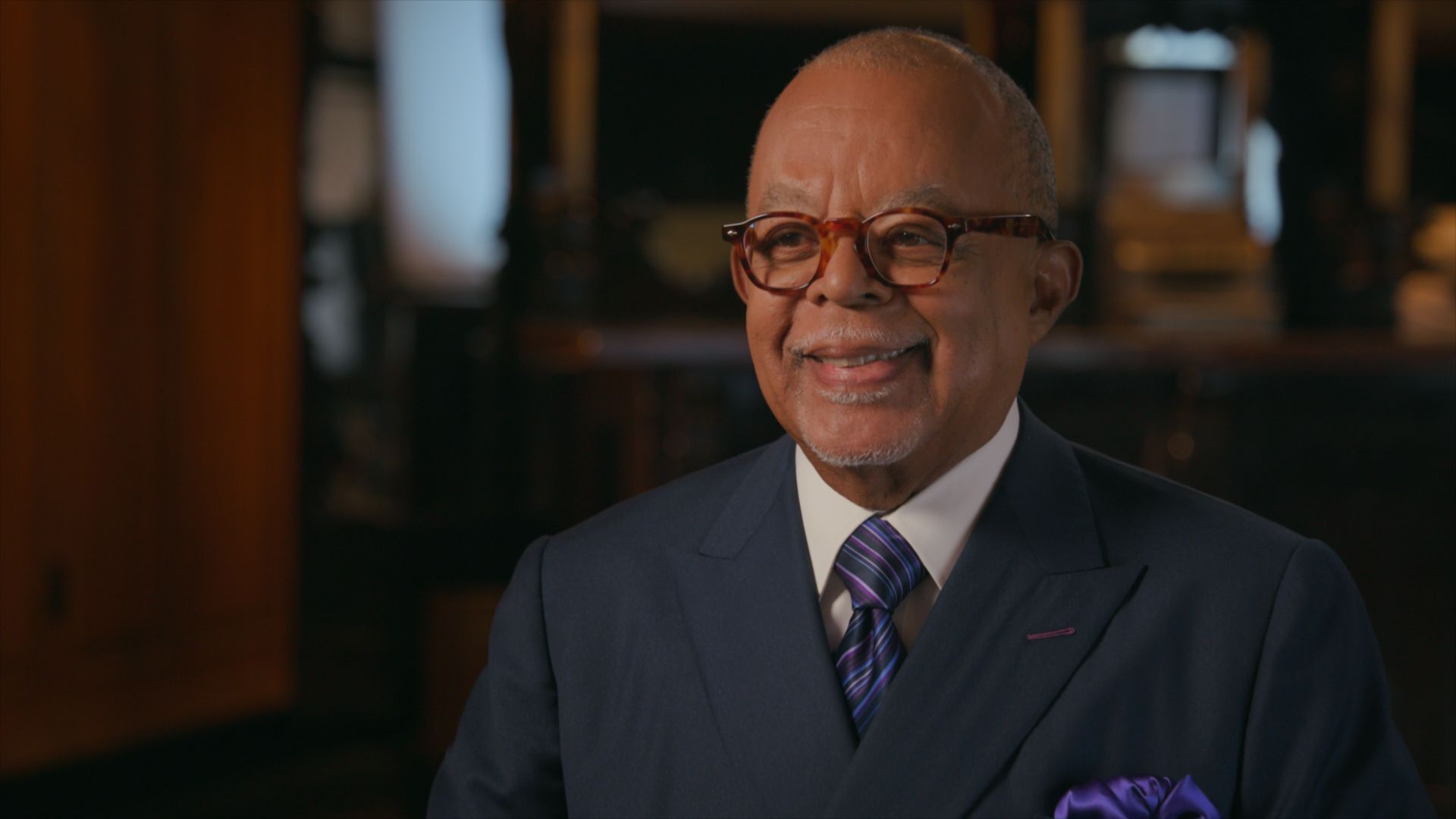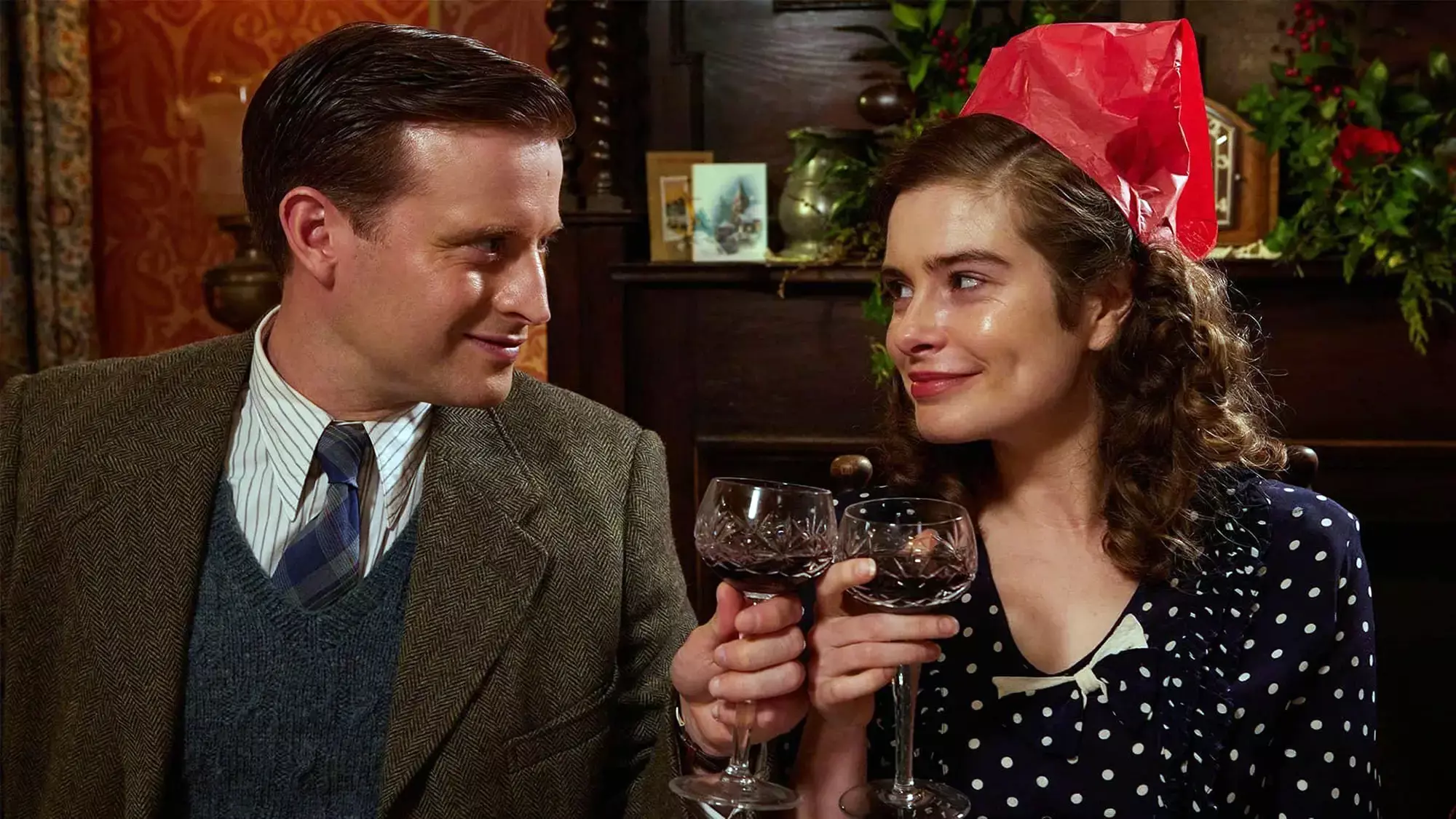The Invisible Shield: A Look at 4 Crucial Public Health Innovations
Public health saved your life today, and you didn’t even know it.
That’s the message behind “The Invisible Shield” on PBS, a four-part documentary series that uncovers some of the little-known work that keeps us alive and healthy. The truth is, without public health, many people alive today may never have been born!
Let’s break down some of the invisible inventions that protect us every minute.
What is Public Health?
Charles-Edward Amory Winslow, a pioneer in shaping global public health, defined public health as “the science and art of preventing disease, prolonging life and promoting health through the organized efforts and informed choices of society, organizations, public and private communities and individuals.” (1,2).
Although we’ve come a long way since Winslow, the heart of public health remains the same. As experts in “The Invisible Shield” explain, this is about more than vaccines and checkups — it’s a collective effort across diverse disciplines to do more than any one group could achieve alone. After all, health is social — so our approach to it must be social, too.

That being said, much of public health happens in the background of society. You may not spend every day thinking about community planning or the specifics of municipal water treatment, but these innovations are always at work. That’s what makes public health an underdog in the world of famous inventions: When things are good, you don’t have to think about it very much.
But what happens when things aren’t good? That’s when researchers, public health experts and everyday people come together to solve problems as big as a pandemic.
Pandemic-Inspired Public Health Innovations
Between 2020 and late 2023, the National Center for Health Statistics (NCHS) and the Centers for Disease Control (CDC) estimated that 1,146,774 American lives had been lost to COVID-19 (3). It’s an understatement to say that the pandemic was devastating, both in the U.S. and worldwide — but it also brought out the best in our public health expertise.
Here are a few examples of the kinds of pandemic-inspired innovations covered by “The Invisible Shield” experts:
Quarantines
The history of quarantines dates back to the 14th century when ships were forced to sit at anchor before entering certain ports (4,5). Experts from the show call this one of the first “visible efforts against an invisible plague” — a concept that forms the basis for much of modern public health’s often-overlooked innovations. Since then, quarantine has been used across the globe, even earning its place in some U.S. legislation (4).

You’re likely plenty familiar with the concept of quarantine now. But before germ theory and other scientific explanations were well-known, whole communities based their public health ideas on unproven hypotheses, observations and incomplete understandings of the human body. While flawed, these “guesses” helped get us where we are today.
Convenient, Accessible Health Services
“The Invisible Shield” presents public health as a matter of equitable access, perhaps even more so than personal choice. That’s why some of the most valuable pandemic-inspired innovations focus on accessibility.
For example, “The Invisible Shield” goes back in time to explore the earlier days of the outbreak, when testing was primarily available as a drive-through process. Even then, public health experts knew this wouldn’t be sufficient. How could we provide testing to those without vehicles while still maintaining protections for frontline workers?
One of the solutions was at-home testing. The first kit was released in late 2020 and called an “important diagnostic advancement” that could help “reduce the public burden of disease transmission” by the Food and Drug Administration (FDA) (6). Soon, test kits were distributed to American homes at no cost (7), helping close the gaps between the nation’s overworked testing sites. However, this presented a new challenge: How could the CDC accurately track COVID data if diagnoses were made at home and never reported? The question of data distribution is widely covered in “The Invisible Shield” and remains a key focus in public health overall.
Telehealth was a similar innovation in health care accessibility. Although the first uses of telemedicine date back to the 1950s (8), the solution gained popularity during the pandemic thanks to the promise of avoiding COVID-19 exposure (or, perhaps, the lure of getting treatment without leaving the couch). Many providers still present this option and a range of remote offerings, helping serve broader communities — but, of course, there are challenges here, too. Public health officials are still left with questions about how to reach populations without reliable access to the internet.
Vaccine Development and Distribution
Vaccines are a huge topic in “The Invisible Shield,” and for good reason. The first vaccinations date back to 1796, when cowpox injections were used to inoculate against smallpox (9) — but despite over 200 years of history, many communities still distrust the entire system.
That’s why “The Invisible Shield” experts noted that developing a COVID-19 vaccine was just the first step, and perhaps not the hardest one. The real challenge came in convincing people to trust a medical intervention that asked them to rely on higher authorities — a difficult request for communities that feel failed or betrayed by their governments. The show covers this relationship at length, allowing you to think about “trust” from different angles.

Despite confusion, hesitancy and some outright refusal, over 80% of the U.S. population had received at least one dose of the COVID-19 vaccine as of 2023 (10). That’s 269,554,116 people — many of them your neighbors, friends, colleagues and family.
Public Safety and Education Campaigns
Although “The Invisible Shield” covers a variety of public health topics, community education is a theme that shines in almost every conversation. After all, when health is inherently social, experts have a responsibility to share the “what and why” with communities whose trust they’re trying to win.
That’s not always an easy job. Public safety and education campaigns have certainly been successful in the past, particularly when they target a specific audience (11); examples include “Red Ribbon Week,” spearheaded by the Drug Enforcement Administration (DEA), and the CDC’s “Tips from Former Smokers.” However, as distrust mounts in national communities and polarization continues driving us apart, fact-based and empathetic public outreach becomes more complicated — and more critical — than ever.

Why The Shield Matters
“The Invisible Shield” shows us that, although much of public health happens behind the scenes, these innovations make everything else possible. You’re here reading this right now because thousands of people before us put in the time, effort and research to take care of each other and future generations. How can we even begin to thank them?
Simple: We can teach ourselves to recognize public health, even in its invisible forms, and understand the incredible implications of an inherently social system.
Not sure where to start? Don’t worry — “The Invisible Shield” is your field guide to public health. Start watching on PBS now!
Sources
1: American Public Journal of Public Health and the Nation’s Health
https://ajph.aphapublications.org/doi/pdf/10.2105/AJPH.47.2.151
2: Archives at Yale
https://archives.yale.edu/repositories/12/resources/4465
3: Centers for Disease Control
https://www.cdc.gov/nchs/nvss/vsrr/covid_weekly/index.htm
4: Centers for Disease Control - Port Health
https://www.cdc.gov/quarantine/historyquarantine.html
5: National Library of Medicine
https://www.ncbi.nlm.nih.gov/pmc/articles/PMC3559034/
6: U.S. Food and Drug Administration
7: The White House
8: National Library of Medicine
https://www.ncbi.nlm.nih.gov/b...
9: World Health Organization
https://www.who.int/news-room/...
10: Johns Hopkins University and Medicine
https://coronavirus.jhu.edu/region/united-states
11: Seattle University - The Newsroom
Watch The Invisible Shield

The PBS 'What to Watch' Weekly Newsletter
What to Watch delivers the best shows and content PBS has to offer each week.



